What is Solar Lighting and How Does It Transform Outdoor Spaces?
Solar lighting is fundamentally reshaping the way we illuminate outdoor spaces, offering both environmental benefits and economic advantages. According to a report by the International Energy Agency, solar energy could account for 25% of the world’s energy consumption by 2030, highlighting the significant shift towards renewable energy solutions. Solar lighting solutions harness the power of the sun, enabling users to reduce electricity bills while fostering sustainable practices. Recent studies indicate that solar lighting installations can cut energy costs by up to 50%, making it an attractive option for both residential and commercial properties. Moreover, advancements in solar technology have led to enhanced efficiency and longer battery life, further solidifying solar lighting as a viable alternative. As urban areas increasingly seek innovative and sustainable ways to enhance safety and aesthetic appeal in public and private spaces, solar lighting emerges as a beacon of transformation, blending functionality with eco-friendliness.
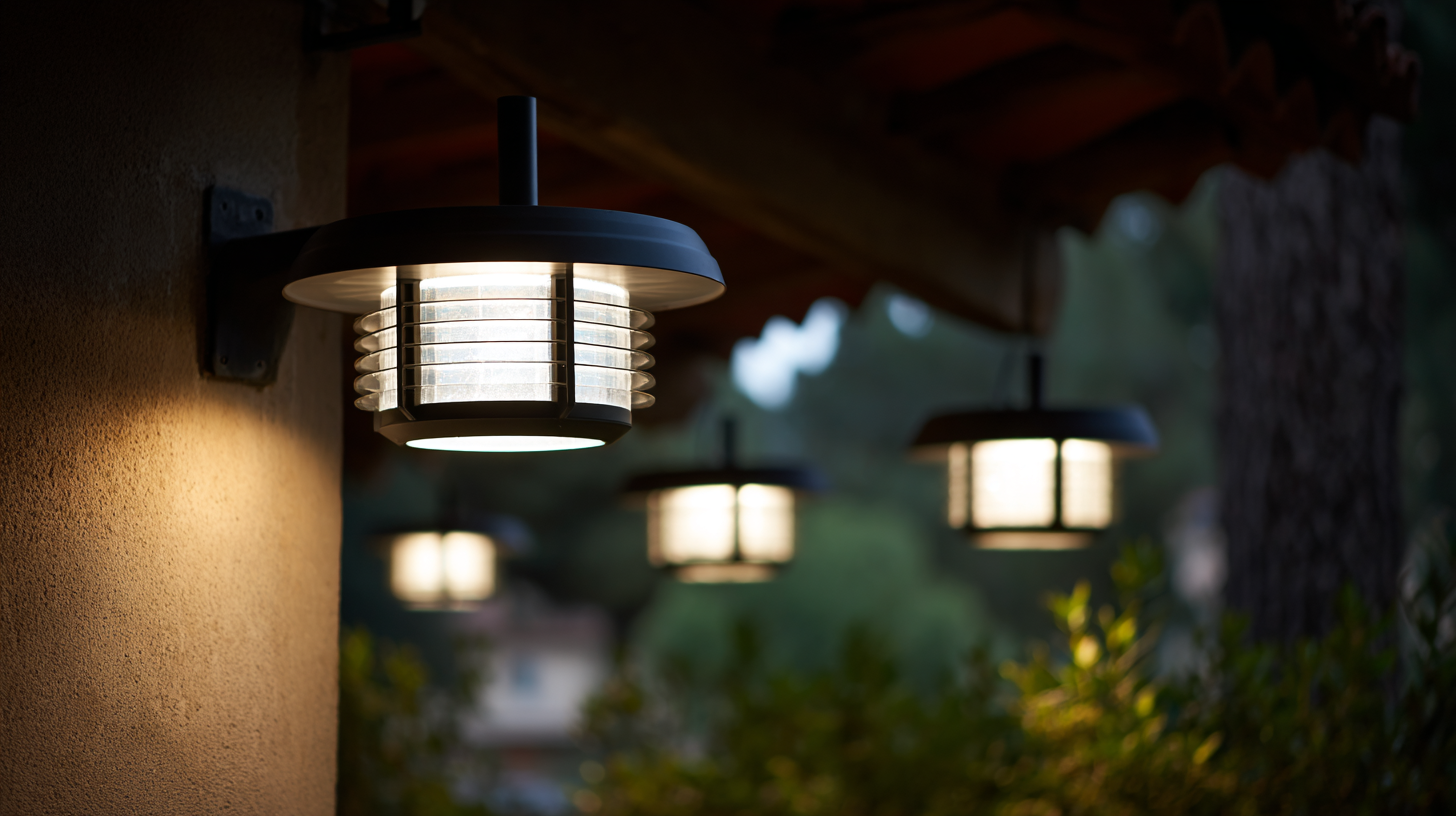
Definition of Solar Lighting and Its Components
Solar lighting refers to a system of outdoor illumination that utilizes solar energy to power light fixtures. This innovative technology harnesses sunlight using photovoltaic cells, which convert solar energy into electricity. One of the primary components of solar lighting systems is the solar panel, typically mounted on top of the light fixture, where it collects sunlight during the day. Additionally, these systems often include batteries that store energy for use once the sun sets, ensuring reliable illumination throughout the night.
Another crucial component is the LED light source, known for its energy efficiency and longevity. Unlike traditional bulbs, LEDs consume less power while providing bright and effective lighting. Furthermore, many solar lighting systems have integrated sensors that detect ambient light levels, allowing them to turn on automatically at dusk and off at dawn. This fusion of solar technology and smart design not only enhances outdoor spaces but also promotes sustainability by reducing reliance on grid electricity, making solar lighting an ideal choice for gardens, pathways, and patios.
Types of Solar Lighting Solutions for Outdoor Spaces
Solar lighting solutions have revolutionized outdoor spaces, providing eco-friendly and efficient alternatives to traditional lighting. There are several types of solar lighting solutions available, each designed to suit different outdoor needs. Decorative solar garden lights are popular for illuminating pathways and enhancing landscaping, with a global market growth expected to reach $9.3 billion by 2025 (Research and Markets). These lights are not only aesthetically pleasing but also energy-efficient, using solar panels to harness sunlight during the day to power LED bulbs at night.
Another significant category is solar floodlights, which are ideal for security and large outdoor areas. According to a report by MarketsandMarkets, the solar floodlight market is projected to grow at a CAGR of 19.8% over the next five years. These powerful fixtures effectively deter intruders and enhance safety by providing bright illumination in dark spaces without the need for electrical wiring or ongoing energy costs. Solar post lights and wall lamps are also gaining traction, offering both functionality and style for patios and entryways, further emphasizing the versatility of solar lighting solutions in transforming outdoor environments.
Benefits of Solar Lighting for Residential and Commercial Areas
Solar lighting has emerged as a transformative solution for both residential and commercial outdoor spaces. One of the primary benefits is its energy efficiency. Solar lights harness sunlight during the day, converting it into electricity that powers the lights at night. This not only reduces electricity bills but also contributes to a lower carbon footprint, making it an environmentally friendly choice. Additionally, with advancements in solar technology, modern solar lights are now more powerful and reliable, providing consistent illumination that can rival traditional lighting.
Another significant advantage of solar lighting is its versatility and ease of installation. Since they rely on solar energy, they do not require complex wiring or electrical connections, making them ideal for various settings, such as gardens, pathways, parking lots, and commercial establishments. This flexibility allows property owners to illuminate areas that may not have access to conventional power sources. Furthermore, solar lighting enhances safety and security, providing well-lit spaces that deter potential intruders while enabling people to navigate outdoors safely during the night.
How Solar Lighting Enhances Safety and Aesthetics Outdoors
Solar lighting has emerged as a transformative solution for enhancing outdoor spaces, combining sustainability with aesthetic appeal. By harnessing solar energy, these lighting systems offer an eco-friendly alternative to traditional electric lighting. This not only reduces carbon footprints but also promotes energy independence. The easy installation and low maintenance of solar lights make them an attractive option for homeowners and businesses alike.
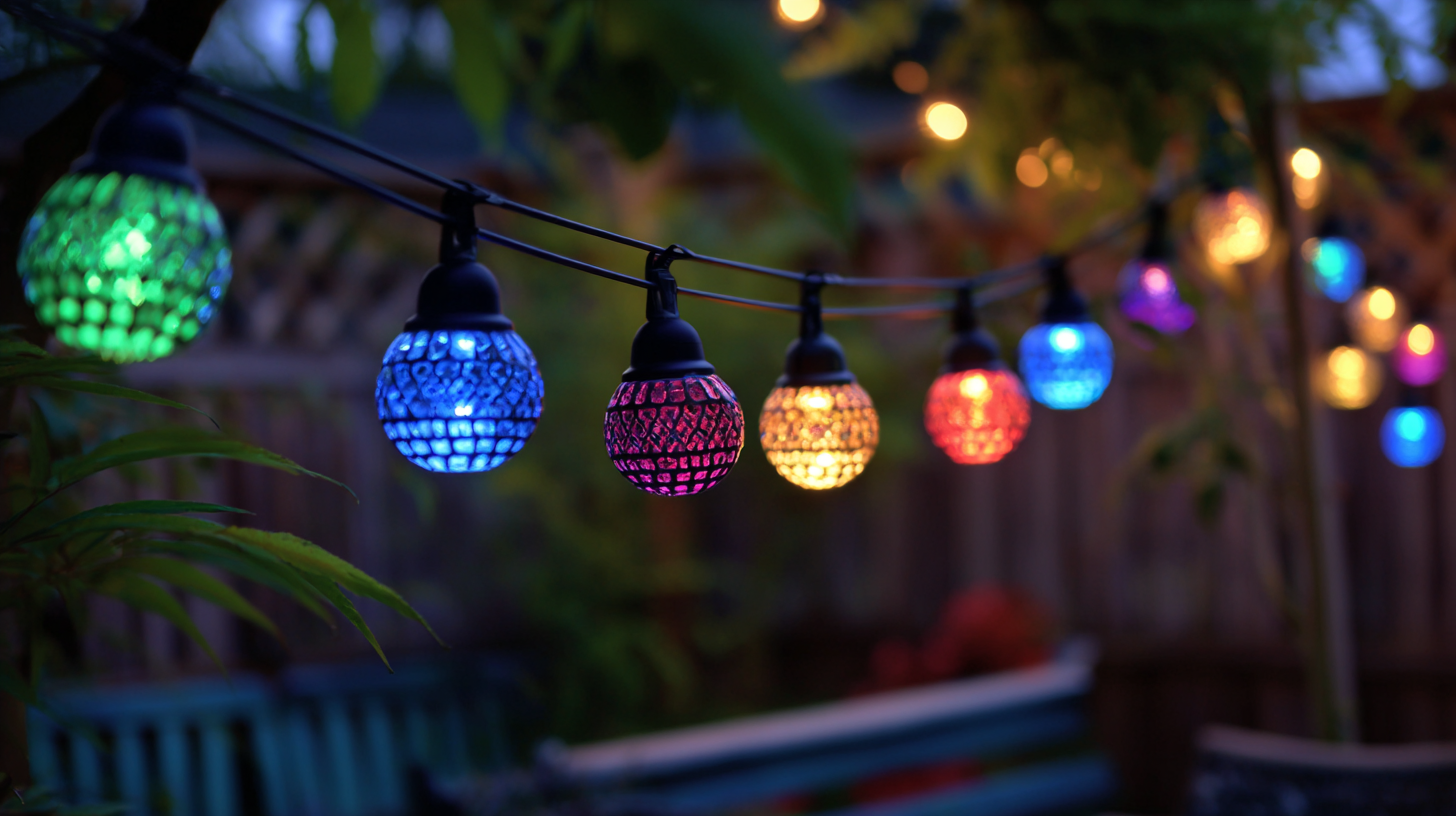
Beyond their environmental benefits, solar lighting significantly enhances safety in outdoor areas. Well-lit pathways, driveways, and gardens deter unwanted behavior, reducing the risk of accidents. Additionally, by illuminating dark spaces, solar lights create a welcoming atmosphere for gatherings and events. The array of styles and designs available allows homeowners to choose fixtures that complement their landscape, ensuring that functionality and aesthetics go hand in hand. Thus, solar lighting serves a dual purpose: protecting loved ones while simultaneously beautifying outdoor environments.
Factors to Consider When Choosing Solar Lighting for Your Space
When choosing solar lighting for your outdoor spaces, several factors must be considered to ensure you select the best options that meet your needs. First, assess the specific areas you want to illuminate, such as pathways, gardens, or patios. Understanding the scale and purpose of the lighting can help you determine the type and brightness needed. For example, softer lights may be preferable for ambiance, while brighter options are essential for safety in walkways.
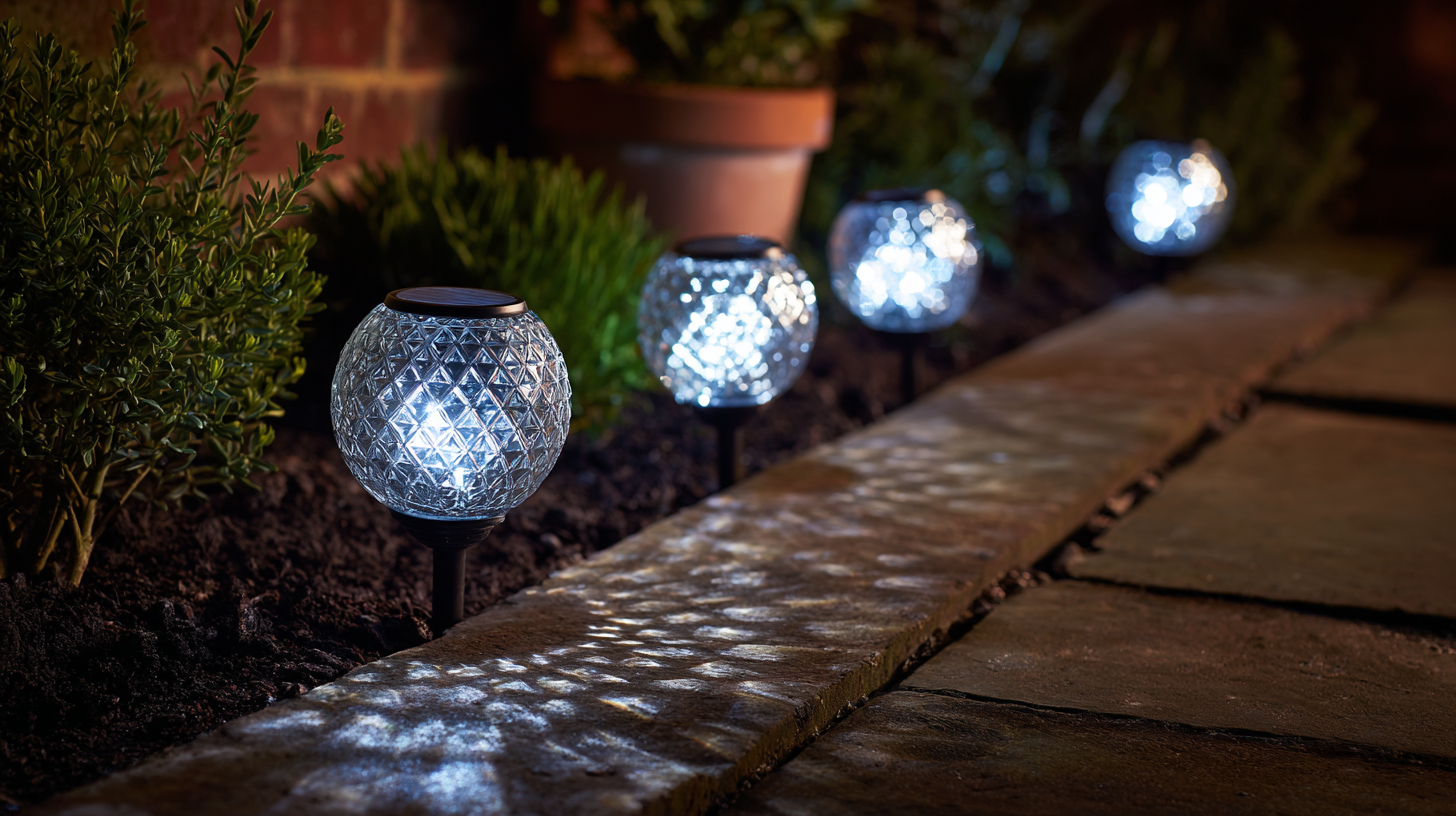
Another critical consideration is the climate and environment of the location. Solar lights rely on sunlight for charging, so areas with limited sunlight may require models with higher energy efficiency or longer battery life. Additionally, look for weather-resistant materials to ensure longevity and durability against the elements.
Finally, consider the design and style of the fixtures to complement your outdoor aesthetics, making sure they enhance the beauty of your space while serving practical purposes.
Related Posts
-
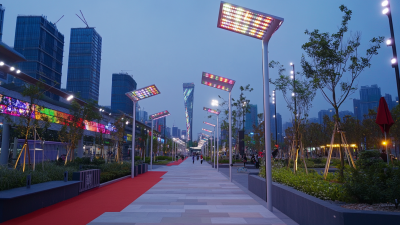
Innovative Solar Yard Lights Shine Bright at 2025 Canton Fair Highlighting Global Demand
-

Exploring the Best Solar Tree Lights Alternatives to Brighten Your Outdoor Space
-

How to Choose the Best Solar Post Lights for Your Outdoor Spaces Effectively
-
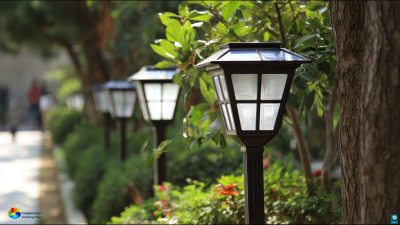
7 Reasons Why Best Solar Lighting Solutions Can Transform Your Energy Efficiency
-
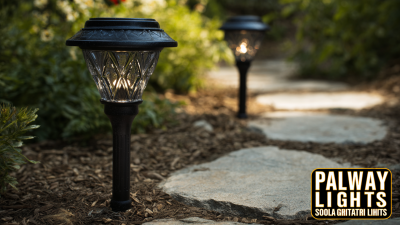
Understanding the Unique Features and Applications of the Best Solar Pathway Lights
-

Top Strategies for Sourcing the Best Solar Street Lights for Your Business
